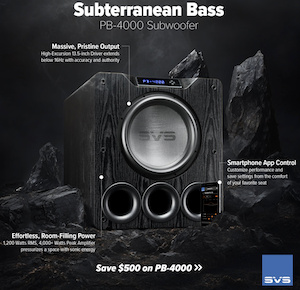Hi, this is a simple question and I can't find an answer. I've read a lot of documentation and watched a bunch of videos about REW, and am playing with it on my home system. I've not seen any advice on what speakers to use. The given directions are all the same: hook up your speakers. So does it make a difference which speakers you use or not? If so, what are the minimum requirements for these speakers? Can I use my computer speakers which are decent quality and include a sub-woofer? Does REW somehow account for speaker quality/linearity during the calibration phase?
Posted the same question on Gearslutz and got a couple of answers but no advice. The answer: yes it makes a difference. But no one states what difference it makes or what minimum speaker requirements are. Since I've not bought monitor speakers yet, would like to clear up the confusion on this point before I move forward on my studio design. Thanks for your help.
Posted the same question on Gearslutz and got a couple of answers but no advice. The answer: yes it makes a difference. But no one states what difference it makes or what minimum speaker requirements are. Since I've not bought monitor speakers yet, would like to clear up the confusion on this point before I move forward on my studio design. Thanks for your help.












